Many living creatures are nocturnal. This is how nature ordered it. And she helped them learn to see in almost pitch darkness. 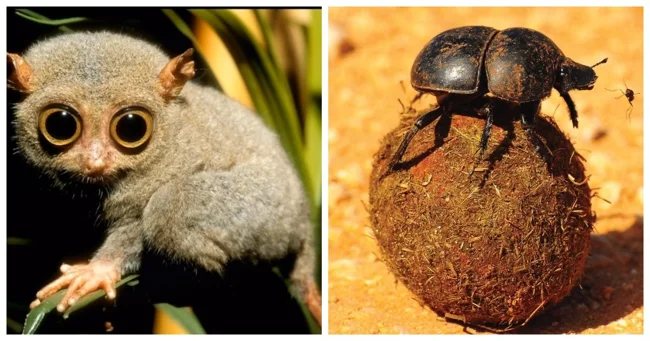
We humans can only dream of such acute night vision. Who are these lucky ones?
Cats 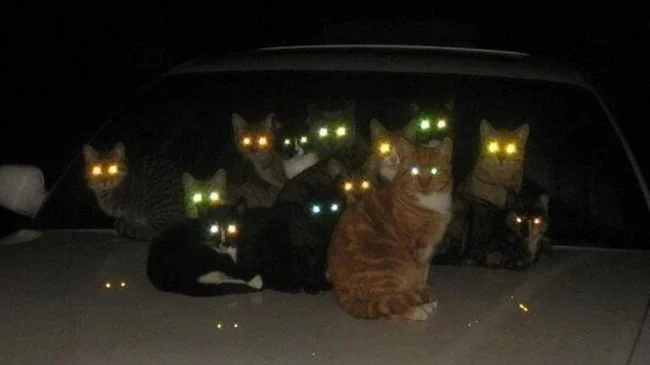
The eyes of man's faithful companions are seven times more sensitive to light than human eyes. With the onset of darkness, the elliptical pupil dilates for better light perception. True, the superpower also has a second side to the coin: during the day, animals see well, but approximately like colorblind people: they distinguish blue from the rest, but problems already arise with the perception of green, red and brown.
Owls 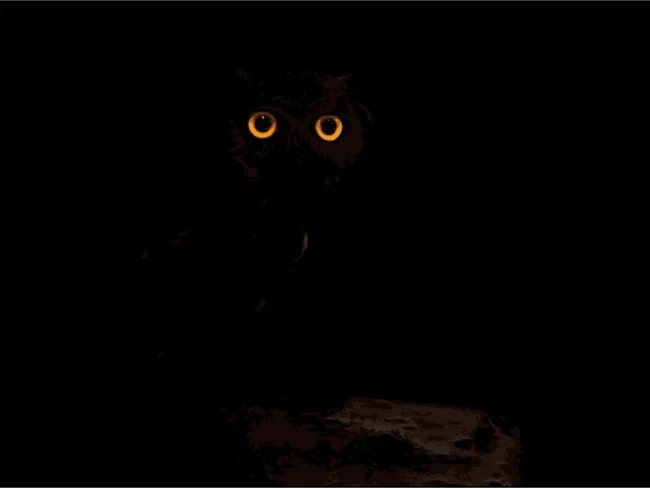
Contrary to popular belief, these birds can see perfectly during the day. But at night, visual acuity increases significantly: a bird in flight can easily see a mouse in the grass or a squirrel in a tree. Due to the vascular layer of the tapetum, which cats also have, owls see the world even more clearly and brightly.
Tarsiers 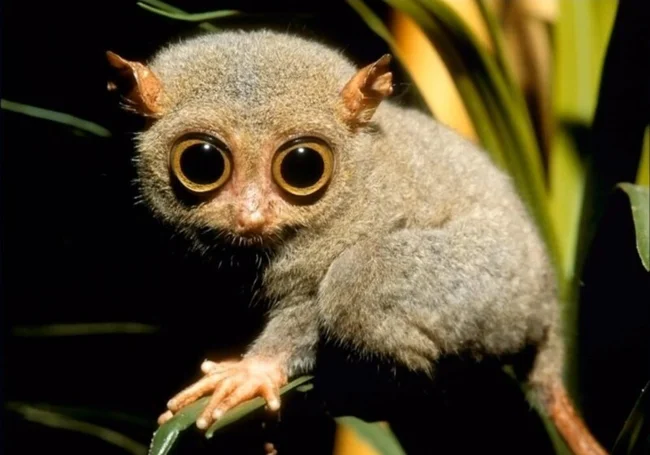
Thanks to their large eyeballs, these unusual inhabitants of Southeast Asia literally absorb light. And the pupil helps in regulating its quantity. Even the most cautious prey, cleverly camouflaged among bark, leaves and branches, will not escape the watchful gaze of tarsiers. True, there is a minus: the animals cannot move their huge saucer eyes. But nature compensated for this with a mobile, flexible neck.
Dung beetles 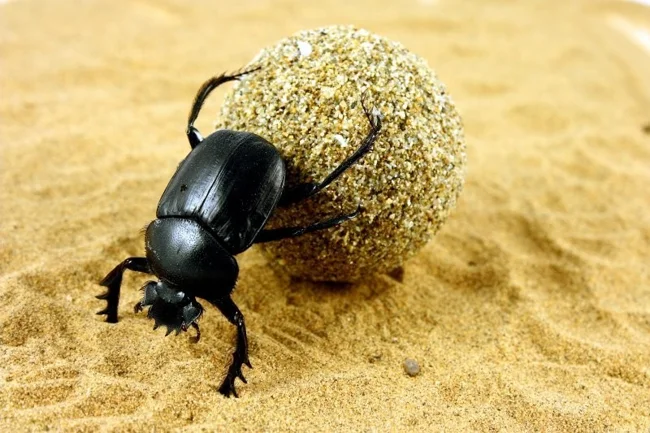
These insects can set out in search of their foul-smelling dinner at any time of the day. In the darkness, nocturnal beetles see more than 80 times better than their daytime counterparts. The dung beetle has no pigment membranes in its eyes, which provides these creatures with very high light sensitivity.
Bees 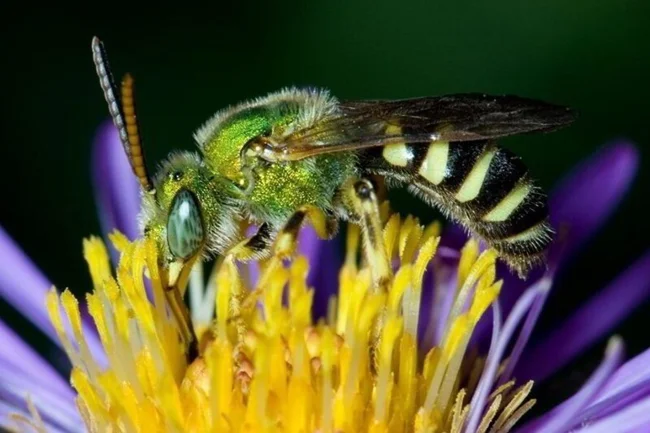
In some species of bees, the visual organs include pigment membranes, which provide not only excellent vision in bright light, but also in the absence of it. Thus, galactid bees have the ability to collect nectar under light that is 20 times weaker than the light of stars. The retina of insects is designed in such a way that when light hits it, the information in the brain is processed in such a way that the brightest, although not very clear, picture is obtained. There are only advantages from such a view - there are fewer competitors, and there are no predators.
Cockroaches 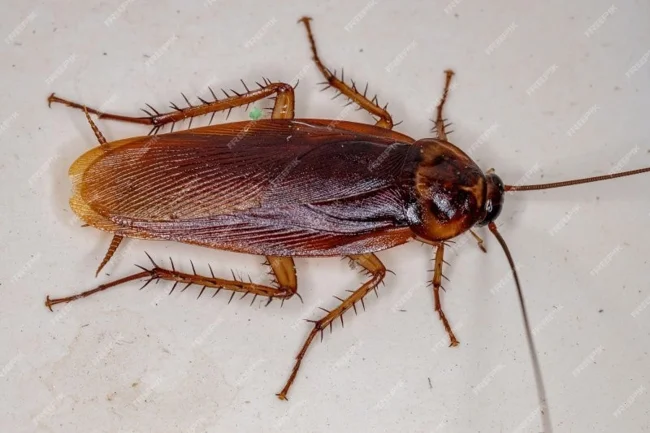
The visual organs of the American cockroach are equipped with receptors that can respond to even the slightest movement. It is as if one cell receives just one photon every few seconds. The vision of cockroaches is unique and has no analogues in nature. True, they cannot fly. But they easily cope with the search for food even without flying. And judging by the number of insects, this species is definitely not in danger of extinction.
0 comments
